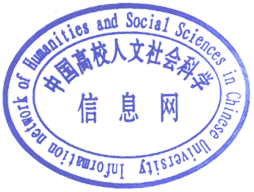关 键 词 :中小企业;员工持股;研发生产率学科分类:管理学--企业管理
本文探讨了员工持股计划的主要成分,即持股员工占比和员工持股比例对中小企业研发生产率的独立效应和组合效应以及生命周期的差异性。研究表明,持股员工占比和员工持股比例二者单独对研发生产率没有显著影响,然而持股员工占比和员工持股比例二者交互对研发生产率起正向促进作用。进一步分析表明,处于不同生命周期的企业,持股员工占比和员工持股比例交互对研发生产率的影响效应不一致,其中在成长期企业中这一关系更显著。在此基础上提出以下管理启示:企业要合理设计员工持股制度;要注意员工持股有效性的情境作用;要采取多手段促进研发生产率,各种激励手段相互配合、综合使用,将极大提升员工的创新主动性。
The paper examines the key components of ESOPS, specifically the independent and combined impacts of employee ownership ratio and employee ownership ratio on R&D productivity of SMEs, as well as the differences in life cycle. The study reveals that the individual employee stock holding ratio and overall employee stock holding ratio do not have a significant impact on R&D productivity alone, but their interaction has a positive promoting effect. Further analysis demonstrates that the effects of the interaction between employee shareholding ratios vary across different enterprise life cycles, with this relationship being more pronounced in enterprises at the growth stage. Based on these findings, it is recommended that enterprises should strategically design their employee stock ownership systems; consider situational factors affecting the effectiveness of such schemes; adopt multiple approaches to enhance R&D productivity; and integrate various incentive mechanisms to significantly boost employees' innovation initiative.

